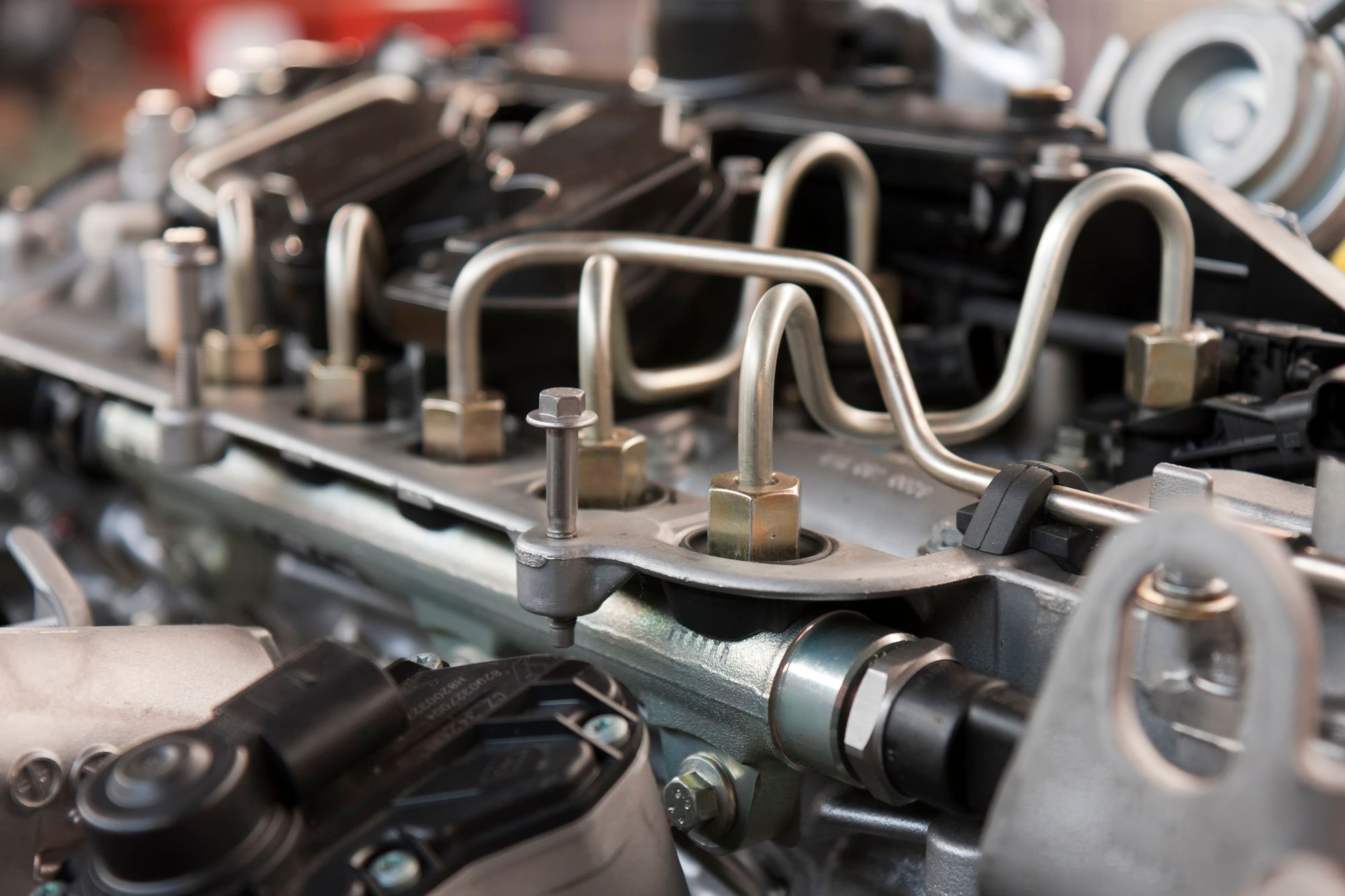Fuel is crucial to the vehicle and plays a crucial role in complete combustion, which turns fuel into energy that powers your car. It is combined with air and ultimately transformed into exhaust emission.
However, if you’ve not realized, the majority of vehicles have the engine in the front and the fuel tank near the tail. How is fuel delivered to the engine? After you fill-up the tank, exactly what happens to the fuel?
Read on to learn how a vehicle’s fuel system operates and how to maintain it such that your vehicle keeps using fuel as effectively as possible.
The Fuel System
In a perfect scenario, you would drive into your preferred petrol station just when the gauge on your car reads a half tank and load it up. Fuel’s journey starts at the petrol station pump:
- The gas passes through the fuel pump en route to the tank. Fuel is delivered to the motor via the pump from the gas tank. Some automobiles come with multiple fuel tanks or even pumps. For a car to have enough access to fuel, regardless of the area it is going on, multiple fuel pumps are excellent.
- Fuel from the tank is forced through the fuel lines into the engine to be burned by the pump. Although they appear to be fragile since they are in the undercarriage of the car, fuel lines are made of sturdy plastic and metal, and are positioned in places where they cannot be harmed by the weather, traffic conditions, or heat from the engine’s exhaust or other parts.
- Before reaching your engine, fuel travels through the fuel filter. It is essential that the fuel used in the motor be pure and devoid of dirt or other impurities. The fuel filter will help in eliminating dust and debris to stop them from invading the motor. A dirty or clogged gasoline filter cannot prevent damaging pollutants from reaching your engine and causing various forms of failure. Because fuel filters are housed in the gas tank in modern models, they might not be usable. The entire setup must be replaced in order to replace the filter.
- The fuel enters the engine after passing through the fuel filter and is then pumped into the combustor using a fuel injection system to create ignition.
The History, Present, and Future of Fuel Injectors
Car burettors were once used by cars to provide the ideal mixture of air and fuel for combustion. In order to draw air into the carburettor, pressure is generated by the vehicle’s vacuum. While this satisfies the vehicle’s requirements, it wasn’t fully dependable when the RPMs varied in primitive engines. Based on the car’s exact velocity and the load on the motor, the throttle calculates the amount of air and fuel needed. This causes inferior fuel economy and makes the carburettor work harder to function properly at different RPMs.
Fuel injection technologies, starting with mechanical fuel injectors, were designed to overcome the drawbacks of carburetors. While mechanical fuel injection devices were an advance since they could determine the precise amount of gasoline the engine needed and inject it immediately, they still needed to be tuned, like carburettors, for peak effectiveness.
Today’s majority of cars use mechanical fuel injection as the standard. It’s a modern and more sophisticated system that the Electronic Control Unit (ECU) is in charge of, and it’s perfect for several use cases, including enhanced efficiency and much more fuel savings.
According to the analysis done using data from the Mass Air Flow (MAF) sensor, the injector measures how much gas passes the engine while the fuel pump regulator ensures a specific level of fuel pressure. As a result, the ECU can compute the amount of fuel required to maintain the ideal fuel-to-air ratio established by the designer.
The fuel injection method can only become more precise in the future to achieve maximum efficiency and minimal waste. Some believe that diesel may hold the secret to development, yet diesel does seem to have some drawbacks within itself.
Conclusion
Your car’s functionality may suffer as a result of wear and tear after a certain number of kilometres. Because of this, regular maintenance on your car is crucial.
Can you picture not changing your oil? Your motor would burn out quickly. Any significant part of your car carries the same risk. Routine fuel system maintenance provides maximum fuel efficiency, and the optimum efficiency for your car, and can help avoid the hassle of a broken fuel pump. Contact Independent Motorsports if you wish to buy fuel system products.

